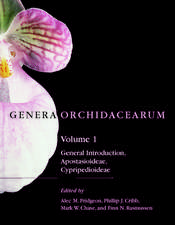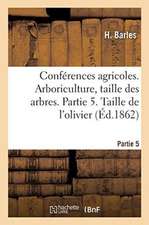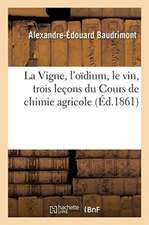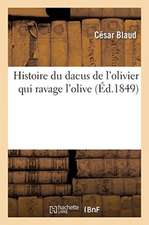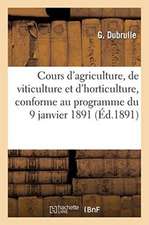Evolution and Speciation in Plants
Autor T.J. Pandianen Limba Engleză Paperback – 4 oct 2024
| Toate formatele și edițiile | Preț | Express |
|---|---|---|
| Paperback (1) | 491.39 lei 6-8 săpt. | |
| CRC Press – 4 oct 2024 | 491.39 lei 6-8 săpt. | |
| Hardback (1) | 1233.89 lei 6-8 săpt. | |
| CRC Press – aug 2022 | 1233.89 lei 6-8 săpt. |
Preț: 491.39 lei
Nou
Puncte Express: 737
Preț estimativ în valută:
94.03€ • 98.37$ • 78.11£
94.03€ • 98.37$ • 78.11£
Carte tipărită la comandă
Livrare economică 02-16 aprilie
Preluare comenzi: 021 569.72.76
Specificații
ISBN-13: 9781032192130
ISBN-10: 1032192135
Pagini: 360
Ilustrații: 164
Dimensiuni: 156 x 234 mm
Greutate: 0.5 kg
Ediția:1
Editura: CRC Press
Colecția CRC Press
Locul publicării:Boca Raton, United States
ISBN-10: 1032192135
Pagini: 360
Ilustrații: 164
Dimensiuni: 156 x 234 mm
Greutate: 0.5 kg
Ediția:1
Editura: CRC Press
Colecția CRC Press
Locul publicării:Boca Raton, United States
Public țintă
AcademicNotă biografică
T.J. Pandian, recipient of the S.S. Bhatnagar Prize, the highest Indian award for scientists, one of the ten National Professorships, has served as editor/member of editorial boards of many international journals. His books on Animal Energetics identify him as a prolific but precise writer. His five volumes on Sexuality, Sex Determination and Differentiation in Fishes, published by CRC Press, are ranked with five stars. He has authored a multi-volume series on Reproduction and Development of Aquatic Invertebrates, of which the volumes on Crustacea, Mollusca, Echinodermata and Prochordata, Annelida, Platyhelminthes and Minor Phyla have been published. The CRC Press has recently published his new book series on Evolution and Speciation in Animals. The second volume on Evolution and Speciation in Plants is presented here.
Cuprins
1. General Introduction Part A: Environmental Factors 2. Photosynthesis and Chemosynthesis 3. Phototrophic Heterotrophy 4. Spatial Distribution Part B: Life History Traits B1: Sexuality 5. Monoecy: Reproductive Systems 6. Dioecy and Sex Ratio 7. Polyploids – Hybrids – Grafts 8. Parthenogenesis – Apomixis 9. Clonals and Stem Cells Part C: Gametogenesis and Fertilization 10. Oogenesis and Spermatogenesis 11. Heterogamety – Sex Genes 12. Annuals – Herbs – Semelp 13. Pollination and Coevolution 14. Self- and Cross-Fertilization 15. Spores – Seeds – Dispersal Part D: Germination and Development 16. Germination and Recruitment 17. Brooders and Vivipares 18. Sex Determination 19. Hormones and Differentiation Part E: Past, Present and Future 20. Past: Weathering and Oxygenation 21. Present: Conservation and Dormancy 22. Future: Climate Change 23. References
Descriere
Plants are autotrophs and sessile, while animals are heterotrophs and motile. Sessility has imposed on plants 94% hermaphroditism, 23% selfing, 3% polyploidization and 39% clonality, in comparison to < 5% herma-phroditism, < 1% selfing and 2% clonality in motile animals.

